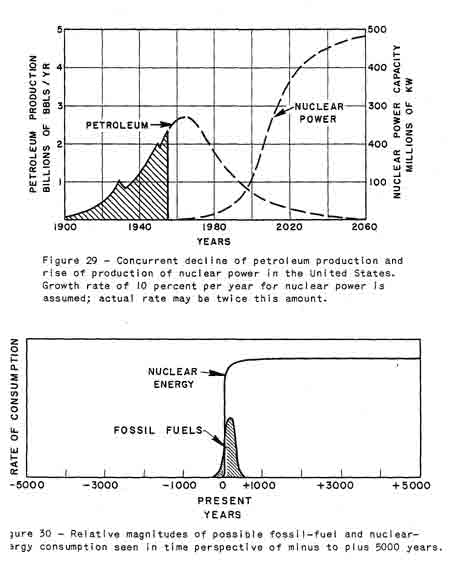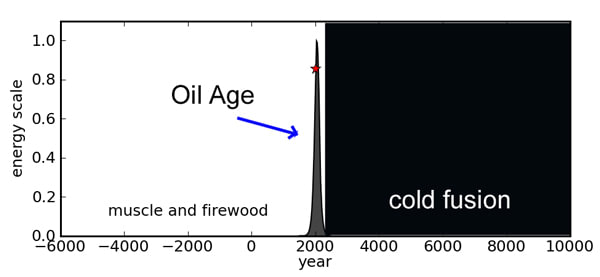Alchemy is a form of chemistry and speculative philosophy practiced in the Middle Ages and the Renaissance and concerned principally with discovering methods for transmuting baser metals into gold. The word “alchemy” calls up the picture of a medieval laboratory in which a wizard broods over the crucible that is to bring within his reach the Philosopher’s Stone, and with that discovery the formula for the transmutation of metals.
That is why I was surprised to read Mitsubishi ( a Japanese multinational conglomerate comprising a range of autonomous businesses which share the Mitsubishi brand, trademark and legacy) hopes to go beyond just low energy nuclear reactions to low energy nuclear transmutations.
“These transmutations will be an energy source that will be portable, will produce rare earth materials, and will have the capacity to transmutate radioactive waste. They’ve changed the acronym from LENR to LENT. And, unlike competitors such as Rossi and Defkalion, they plan on using resources other than palladium, platinum and nickel.” ( http://cleantechauthority.com/defkalion-announces-lenr-date-mitsubishi-enters-lenr-market/ )
Low Energy Nuclear Reaction (LENR) using nickel and hydrogen is a clean, very very cheap, and super abundant energy technology, but can it also be used for transmutation? Nuclear transmutation is the conversion of one chemical element into another.
“Artificial transmutation may occur in machinery that has enough energy to cause changes in the nuclear structure of the elements. Machines that can cause artificial transmutation include particle accelerators and tokamak reactors. Conventional fission power reactors also cause artificial transmutation, not from the power of the machine, but by exposing elements to neutrons produced by a fission from an artificially produced nuclear chain reaction. Artificial nuclear transmutation has been considered as a possible mechanism for reducing the volume and hazard of radioactive waste.” ( http://en.wikipedia.org/wiki/Nuclear_transmutation )
In February 2011 scientists were given access to a sample of pure nickel powder which had been used in a LENR reactor for 2.5 months. Their analysis showed that the powder contained several other substances, mainly 10 percent copper and 11 percent iron. ( http://www.nyteknik.se/nyheter/energi_miljo/energi/article3144827.ece )
According to Robert Godes LENR is not a nickel-hydrogen fusion reaction. Nickel is merely a catalyst, and it is the hydrogen that yields heat.
““A tiny amount of hydrogen protons are converted into neutrons. These newly produced neutrons are soon captured by hydrogen ions or other atoms in a metallic (e.g. nickel) lattice near to where the hydrogen ions were converted to neutrons. The captured neutrons generate heat because the new atoms that are one neutron heavier shed excess binding energy as heat to the lattice, resulting in a dramatically clean, low-cost, hi-quality heat output.”
…Evidence suggests this reaction involves the synthesis of neutrons, which accumulate on hydrogen dissolved in a matrix (lattice), which progresses to deuterium, then tritium and on to quadrium that decays to helium.” ( http://oilprice.com/Energy/Energy-General/New-LENR-Machine-is-the-Best-Yet.html )
To summarize, it is a fact that conventional fission power reactors cause artificial transmutation by exposing elements to neutrons. Furthermore, according to Godes, the LENR Ni-H reaction occurs when hydrogen protons are converted into neutrons and captured by hydrogen ions or other atoms in the nickel lattice. Finally, evidence for LENR transmutation is the sample of nickel powder used in a LENR reactor for several months which showed several other substances, including copper and iron.
Can Mitsubishi discover the formula for the practical transmutation of metals, fulfilling the dream of mankind since the Middle Ages? We already strongly suspect that LENR transmutes nickel into copper and iron, so alchemy suddenly doesn’t seem so speculative anymore.



